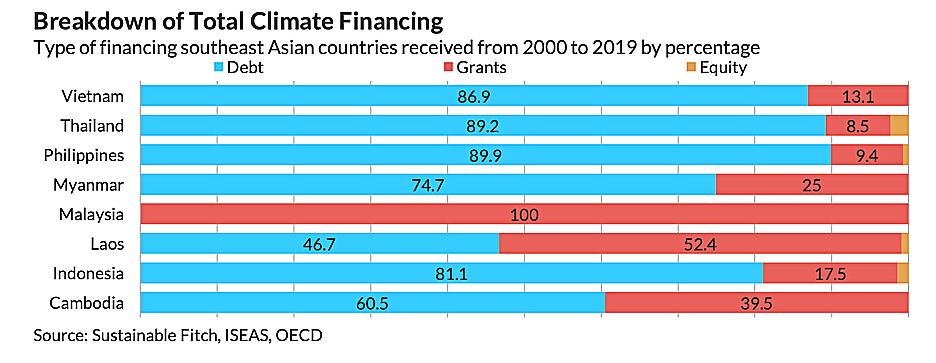With the release of the Asean Taxonomy for Sustainable Finance Version 2 at the end of March 2023, and following the launch in mid-February 2023 of the final public consultation on green and transition taxonomy for financial institutions by the Monetary Authority of Singapore, another hurdle has been removed in Asia’s transition pathway to net zero.
The lack of definition on what constitutes transition – and eventually moving to a common taxonomy across the region – has impeded financial flows as banks and investors hesitate over worries their involvement may constitute “transition-washing”. If transition finance is to go mainstream, therefore, regulators are especially crucial and will need to play their part with solid frameworks that provide credibility and clarity.
In her recent commentary, Melissa Cheok, an analyst at Sustainable Fitch, describes the inclusion of coal phase-out within the latest version of the Asean taxonomy as a supported activity as “a world’s first” and “expects this localized approach to promote more regional environmental, social and governance (ESG)-labelled debt issuances and support the funding needs for a scalable energy transition”.

This is in sharp contrast to the EU Taxonomy, which takes a hard line requiring exiting coal as a prerequisite to access financing. “This stipulation has often precluded Western investors from considering brown assets, particularly in emerging markets where financing is most needed,” Cheok notes. “Gaining investor buy-in and building a pipeline of bankable projects will take time, but the updated [Asean] standards will better enable investors to compare and benchmark across potential projects and investments.”
In its inaugural issue of MUFG Transit covering Asia-Pacific’s sustainability journey this month, the Japanese bank indicates that Southeast Asia requires about US$180 billion of annual investment in clean energy by 2030, citing data from the International Energy Agency’s Sustainable Development Scenario, “to upkeep a trajectory compatible with the region’s climate goals”. Between 2016 and 2020, clean energy investment only stood at an average of US$30 billion a year, it says.
Coal dependency in the power mix in Asia-Pacific ranges from 74% in India to less than 1% in Singapore (which is largely reliant on natural gas at 97%; the fossil fuel emits 50% less carbon dioxide than coal). On average, coal accounts for about half of Southeast Asia’s energy mix, which is why the region faces pressure to reduce its reliance on carbon-intensive fossil fuels.
With the publication of the latest taxonomy, coal phase-out activities can be classified under either green or amber categories. “The taxonomy states that coal plants are eligible for green financing as long as they adhere to a dedicated timeline for early retirement, capped at a maximum of 35 years,” Cheok points out.
Singapore’s Green Finance Industry Taskforce convened by the MAS adopted a traffic light classification system to differentiate an activity’s contribution to climate change mitigation: green for activities that contribute substantially; amber for transition activities – those transitioning within a certain time frame, or enabling significant emission reductions in the short term; red for harmful activities.
In its latest public consultation, MAS is proposing the adoption of a “measures-based approach” for the industrial sector. Underpinning the Singapore regulator’s approach is “a lack of certainty around technological solutions to achieve net zero. This makes it difficult to determine science-based metrics and threshold for the ‘amber’ category based on the emissions performance of the activity”, MAS explains. In cement manufacturing, for example, “the amber category in the taxonomy provides a list of decarbonization measures or retrofitting plans that should be put in place to support better energy efficiency outcomes”.
Especially important in Cheok’s view is that the added guidance with the publication of the Asean taxonomy’s latest version addresses greenwashing issues “by encouraging issuers who seek to voluntarily align with the taxonomy to demonstrate that their projects meet the criteria set out before seeking investments … we expect these to encourage more transition financing via a combination of green, sustainability and sustainability-linked bonds and loans in the short to medium term”.
Sustainable finance is the key topic when The Asset Events organizes an in-person roundtable on Breaking barriers - Scaling the sustainable finance agenda in Asia-Pacific alongside this year's annual meeting of the Asian Development Bank in Incheon, South Korea. You are welcome to join us at this high-level gathering of Asia-Pacific thought leaders organized in association with Moody's Investors Service and SMBC on the 5th of May 2023 starting at 8.00am in Incheon, South Korea. For details and registration, please click here.









